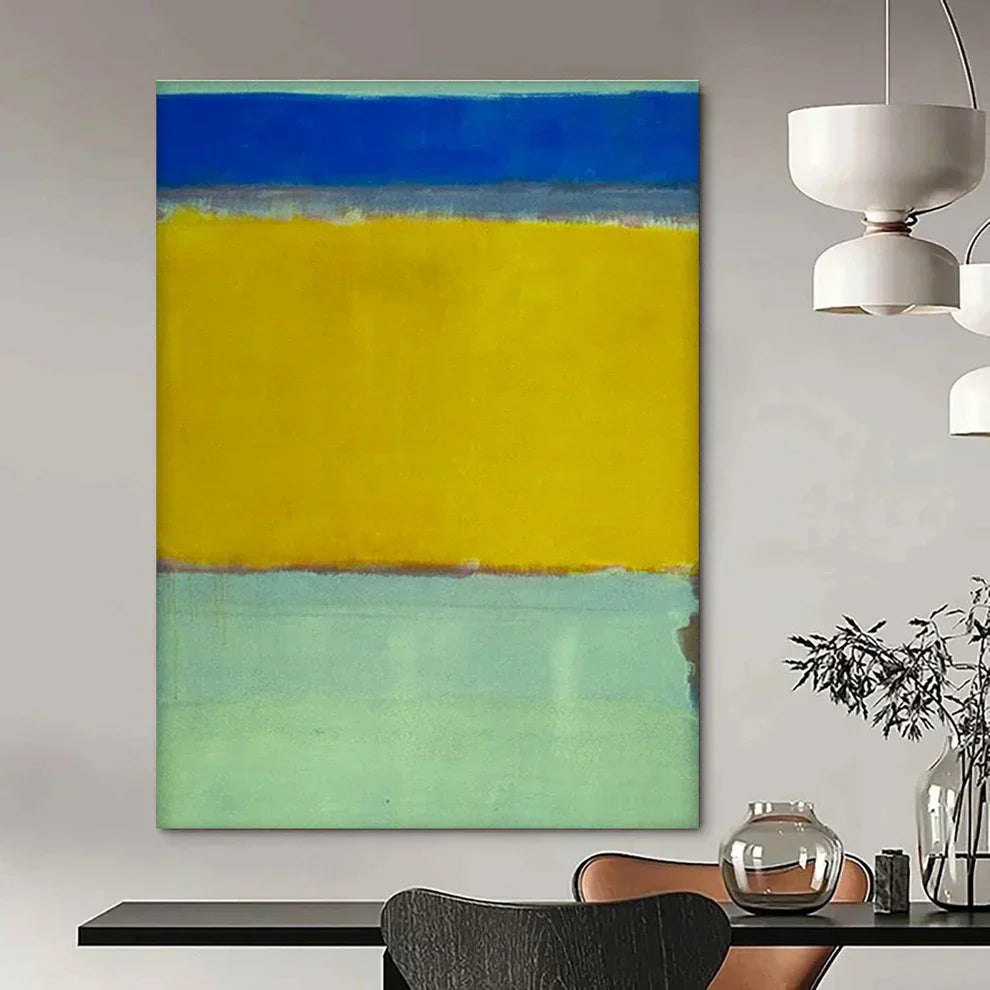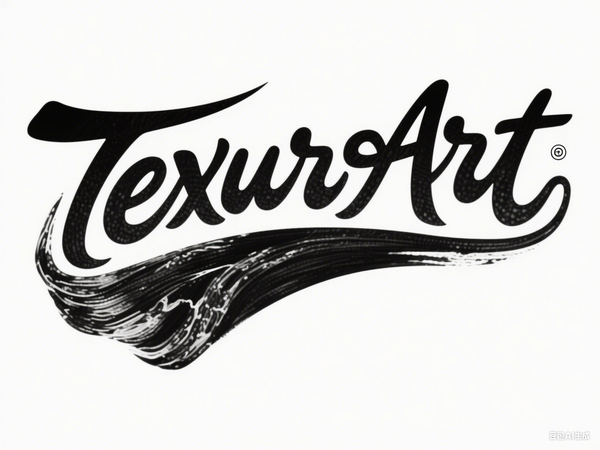
The Vibrant World of Yellow Abstract Art - Illuminating Spaces with Emotional Depth and Creative Energy
Share
In the expansive universe of contemporary art, few elements captivate the human spirit quite like the bold, radiant hues of yellow in abstract forms. Yellow Abstract Art embodies a unique fusion of warmth, optimism, and intellectual intrigue, transforming ordinary walls into portals of inspiration. This genre draws from a rich tapestry of artistic traditions, where color transcends mere aesthetics to evoke profound emotional responses. Yellow, often associated with sunlight, joy, and enlightenment, serves as a powerful conduit in abstract compositions, allowing artists to explore themes of vitality, transformation, and introspection without the constraints of representational imagery.
The roots of yellow abstract art can be traced back to the early 20th century, when pioneers of abstract art began experimenting with non-objective forms to express inner realities. Artists like Wassily Kandinsky, whose synesthetic visions blended color with music, frequently employed yellow to symbolize spiritual awakening and dynamic energy. In his seminal works, yellow bursts forth as a symbol of intellectual clarity, contrasting with cooler tones to create rhythmic harmonies that resonate on a subconscious level. This approach laid the groundwork for subsequent movements, where yellow's luminosity became a tool for conveying optimism amid chaos.

As the century progressed, Abstract Expressionism emerged as a dominant force, particularly in post-World War II America. Here, yellow took on new dimensions in the hands of visionaries who sought to channel raw emotion through gestural strokes and expansive color fields. Painters within this school, such as those influenced by European modernism, used yellow not just as a pigment but as a psychological force. The movement's emphasis on spontaneity and scale allowed yellow to dominate canvases, evoking sensations of boundless energy and emotional release. In these works, yellow often appears in layered impasto techniques, creating textured surfaces that invite tactile engagement, much like the sun's rays warming the earth.
One cannot discuss yellow abstract art without highlighting key figures who mastered its potential. Wassily Kandinsky, often hailed as the father of abstraction, integrated yellow into his compositions to represent the soul's ascent toward purity. His theoretical writings, which posited color as a language unto itself, underscored yellow's role in stimulating the mind and evoking joy. Similarly, Mark Rothko, a luminary of color field painting, employed subtle gradients of yellow in his monumental canvases to create meditative spaces. Rothko's yellows, soft and glowing, were designed to envelop viewers, fostering a sense of transcendence and emotional catharsis. These artists, part of the broader abstract expressionism tradition, demonstrated how yellow could shift from vibrant exclamations to hushed whispers, depending on context and application.
Beyond historical icons, contemporary interpretations of yellow abstract art continue to evolve, blending traditional techniques with modern innovations. Today's artists draw from diverse influences, incorporating digital elements, mixed media, and sustainable materials to push boundaries. Yellow, in these creations, often symbolizes resilience and positivity in an increasingly complex world. For instance, abstract pieces featuring swirling yellow vortices might represent the chaos of urban life tempered by hope, while minimalist yellow blocks could evoke serenity and focus. This versatility makes yellow abstract art particularly appealing for interior design, where it can infuse homes, offices, or galleries with uplifting vibes.
The psychological impact of yellow in abstract art is profound, rooted in color psychology, which explores how hues influence mood and behavior. Yellow is linked to happiness, creativity, and mental stimulation, making it an ideal choice for spaces dedicated to productivity or relaxation. In abstract forms, where shapes and lines defy literal interpretation, yellow amplifies these effects, encouraging viewers to project their own narratives onto the canvas. This interactive quality fosters a personal connection, turning passive observation into an active dialogue between art and observer.
Incorporating yellow abstract art into everyday environments offers numerous benefits. In living rooms, a large yellow abstract canvas can serve as a focal point, drawing the eye and energizing the space with its sunny disposition. Bedrooms benefit from softer yellow abstractions, promoting calm and restorative sleep through subtle warmth. Even in professional settings, such as corporate lobbies or creative studios, these pieces spark innovation and positivity. The textured, handcrafted nature of many yellow abstract works adds depth, with layers of paint creating shadows and highlights that change with lighting throughout the day.
Collectors and enthusiasts alike appreciate the accessibility of yellow abstract art. Unlike more esoteric genres, its bright palette appeals to a wide audience, from seasoned connoisseurs to first-time buyers. Galleries and online platforms curate collections that highlight this theme, offering options in various sizes, styles, and price points. Whether opting for bold, geometric patterns or fluid, organic flows, the common thread is yellow's ability to illuminate and uplift.
In essence, yellow abstract art stands as a beacon of creative freedom, where color reigns supreme in evoking emotion and thought. It bridges the gap between historical innovation and contemporary relevance, inviting all to bask in its radiant glow.
FAQ
What defines yellow abstract art? Yellow abstract art features non-representational forms dominated by yellow hues, emphasizing emotion, texture, and color over literal subjects.
How does yellow influence the mood of abstract art? Yellow often evokes feelings of joy, energy, and optimism, making the artwork uplifting and stimulating for viewers.
Is yellow abstract art suitable for all home decors? Yes, its versatility allows it to complement modern, minimalist, or eclectic styles, depending on the piece's design and intensity.
What materials are commonly used in yellow abstract artworks? Artists typically use acrylics, oils, or mixed media on canvas, with techniques like impasto for added texture and depth.
Can yellow abstract art be customized? Many providers offer customization in size, shade variations, and framing to fit specific preferences and spaces.
How should I care for a yellow abstract canvas? Keep it away from direct sunlight to prevent fading, dust gently with a soft cloth, and avoid high-humidity areas.
